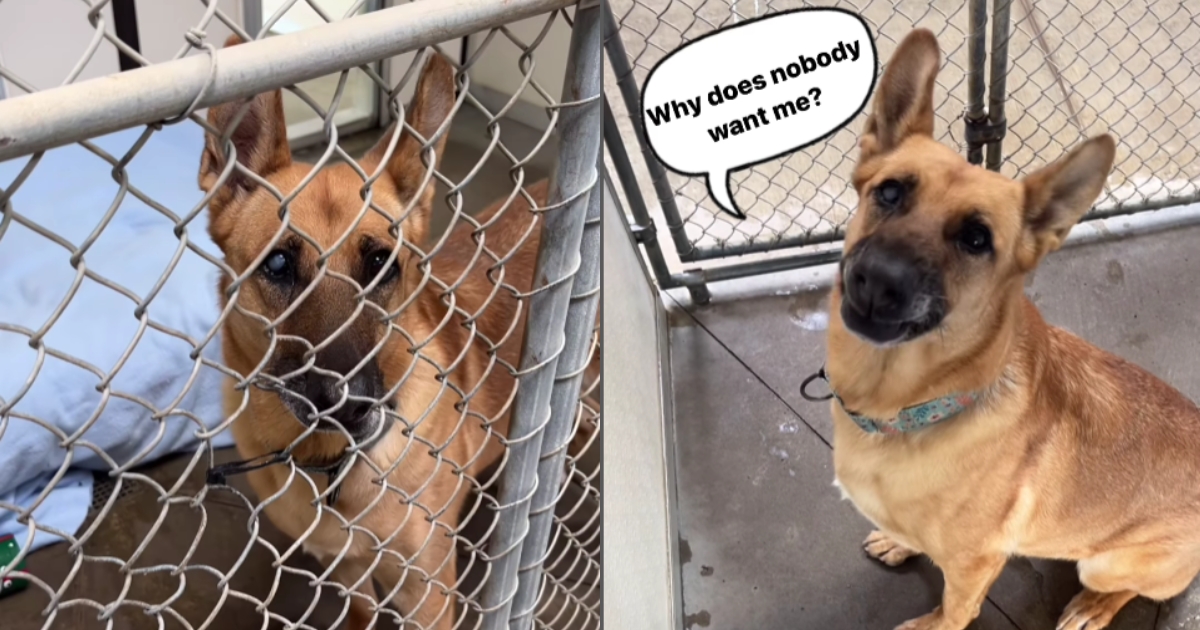:max_bytes(150000):strip_icc():focal(999x0:1001x2)/service-dog-2-102425-43702a5f81ae48d98281a2ca32c6da12.jpg?w=1200&resize=1200,0&ssl=1)
“I trust him and his nose more than anything else,” a North Carolina mother tells PEOPLE of her son’s diabetic alert dog
:max_bytes(150000):strip_icc():focal(999x0:1001x2):format(webp)/service-dog-2-102425-43702a5f81ae48d98281a2ca32c6da12.jpg)
NEED TO KNOW
- A routine preschool pickup took an unexpected turn when Aubrie Lewis noticed her son’s service dog perk up while waiting in the car
- Although her son’s blood sugar levels had dropped below normal, the 5-year-old was nowhere near the car
- Lewis tells PEOPLE she could hardly believe what happened next
In October 2025, Aubrie Lewis arrived early to pick up her 5-year-old son, Wells, from preschool.
Along for the ride was the family’s 2-year-old English cocker spaniel, Ducky, who also doubles as her son’s diabetic alert dog (DAD).
Since the mother of four had some time to spare, she parked in the back lot of the school, settling into the car and watching the clock tick closer toward pickup time.
Ducky was lying quietly at the foot of the front passenger seat, calm and patient, when suddenly he started staring intently at her.
@typeonederfulwells Ducky has amazed me many, many times with his capabilities but this one absolutely takes the cake. The ability to pay enough attention to scents to recognize HIS boy’s low blood sugar, after not seeing him at all for 3 hours, and being this far away from him is incredible beyond what most people can understand. Ducky, you are one in a million buddy ❤️ #servicedog #servicedoglife #bloodsugar #t1d #type1diabetes ♬ growth – Gede Yudis
Curious, the 31-year-old checked her son’s glucose numbers — which she has access to on her phone and car dashboard — when she noticed that his blood sugar had slipped to 84.
Although Ducky is trained to alert when Wells’ number falls below 85 or over 175, Lewis couldn’t imagine the dog could sense that while waiting outside the school, windows rolled up and nowhere near her son.
Moments later, to her astonishment, Ducky climbed onto the front seat and gave a clear, unmistakable alert. “He was trained with saliva samples and alerts me by nose nudging me,” Lewis tells PEOPLE exclusively.
:max_bytes(150000):strip_icc():focal(599x0:601x2):format(webp)/service-dog-6-102425-9e2b745c9a334ebabe17c865a8ef82a7.jpg)
This instance, she says, was the “craziest” she had ever experienced with Ducky. “As it was unfolding, I couldn’t even believe it was happening,” she recalls.
In the past, Ducky had alerted her from their home’s first floor while Wells was asleep upstairs in his bedroom with the door closed. But in this case, the service dog wasn’t even in the same building as her son, making the alert all the more astonishing.
“He smelled through the closed car windows, around the school building, while Wells was inside the building with probably 75 other kids and teachers,” Lewis says. “My assumption is he caught a slight whiff of Wells’ low blood sugar through the wind and trusted himself enough to alert me.”
:max_bytes(150000):strip_icc():focal(599x0:601x2):format(webp)/service-dog-8-102425-763c341d5d364336a334b36bc05a4c29.jpg)
Lewis’ son was diagnosed with type 1 diabetes in November 2023 – just a month and a half after his 3rd birthday.
Wells wears a continuous glucose monitor (CGM) that tracks his blood sugar every five minutes. The readings are sent to his iPhone, as well as Lewis’ phone and his teacher’s, allowing them to monitor his levels while he’s at school.
“Not long after Wells was diagnosed, it became glaringly obvious that he had no physical awareness of his low or high blood sugars,” she explains. “We also learned quickly that the continuous glucose monitor he wears on his body is delayed by about 15 minutes in its blood sugar reading and can be 20% off in either direction.”
:max_bytes(150000):strip_icc():focal(599x0:601x2):format(webp)/service-dog-4-102425-294e9675e7b44239b91e5548283b0ce3.jpg)
With the CGM’s occasional inaccuracies, Lewis and her family felt that a service dog would be an invaluable addition to their tools for keeping Wells safe.
In spring 2025, Lewis and her family were able to fundraise $22,000 using social media, and Ducky was welcomed into the family, fully trained by the non-profit, M.D. Dogs.
Although Wells cannot bring Ducky to school with him, the service dog comes almost everywhere else. “Ducky never really fails to amaze me,” Lewis emphasizes. “I trust him and his nose more than anything else.”
:max_bytes(150000):strip_icc():focal(599x0:601x2):format(webp)/service-dog-9-102425-9e85b403eb2a478b83104c8c4b8e0322.jpg)
When it comes to having a service dog, Lewis admits it’s a big financial commitment and responsibility given that families have to pour time and money into maintaining the dog’s training, keeping him groomed and making sure he is healthy.
Nevertheless, Lewis says she hasn’t met one family with a type 1 diabetic child who regrets getting a service dog.
“To be able to have an extremely reliable way to keep your child safe is the biggest weight off any family’s shoulders,” she tells PEOPLE.
“On top of that, they provide such valuable emotional support for the children. Wells never feels alone in his walk with T1D because he always has his Ducky right there with him.”

































:max_bytes(150000):strip_icc():focal(999x0:1001x2)/no-time-to-die-1-2000-0892ec328cf04d98abd4c7cf18483821.jpg?w=1200&resize=1200,0&ssl=1)




:max_bytes(150000):strip_icc():focal(736x275:738x277):format(webp)/sydney-towle-120525-2-a3f5696600514167b3e038d003990333.jpg?w=1200&resize=1200,0&ssl=1)



